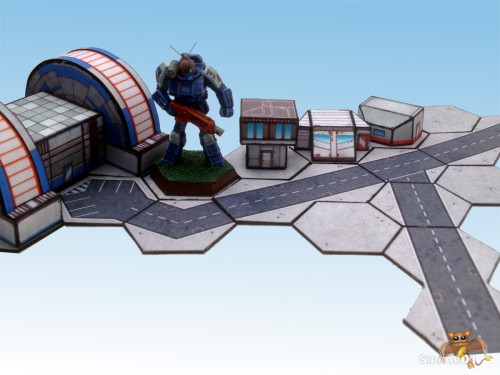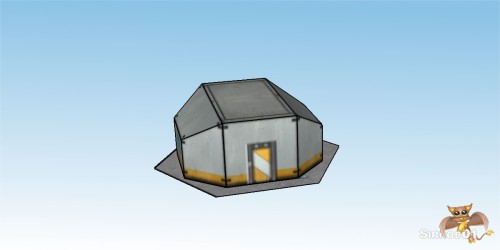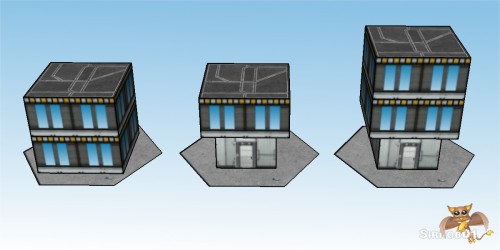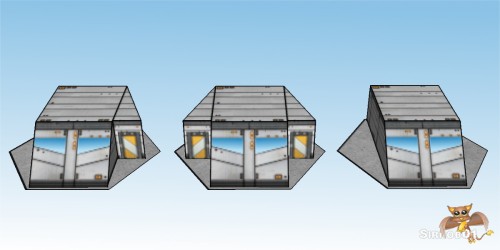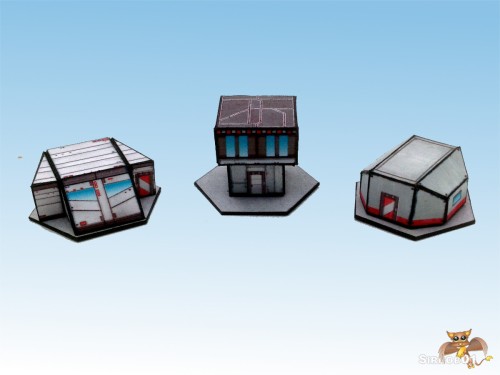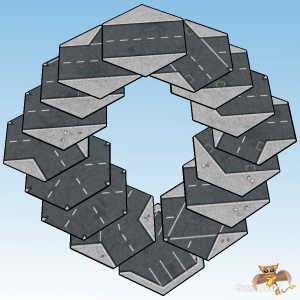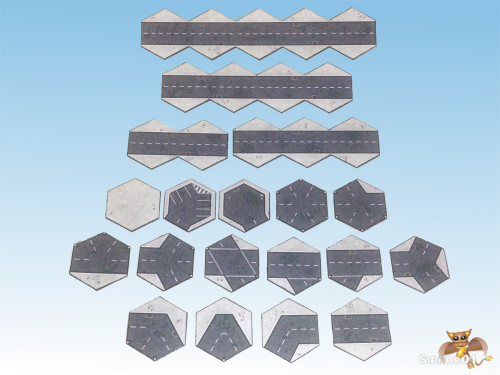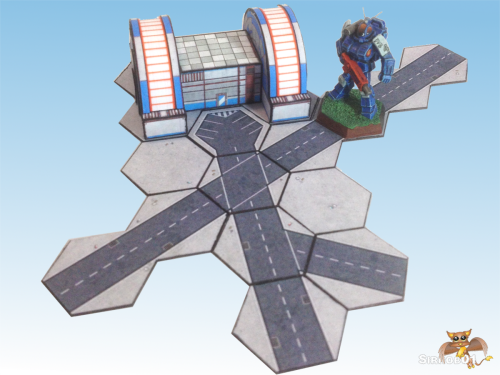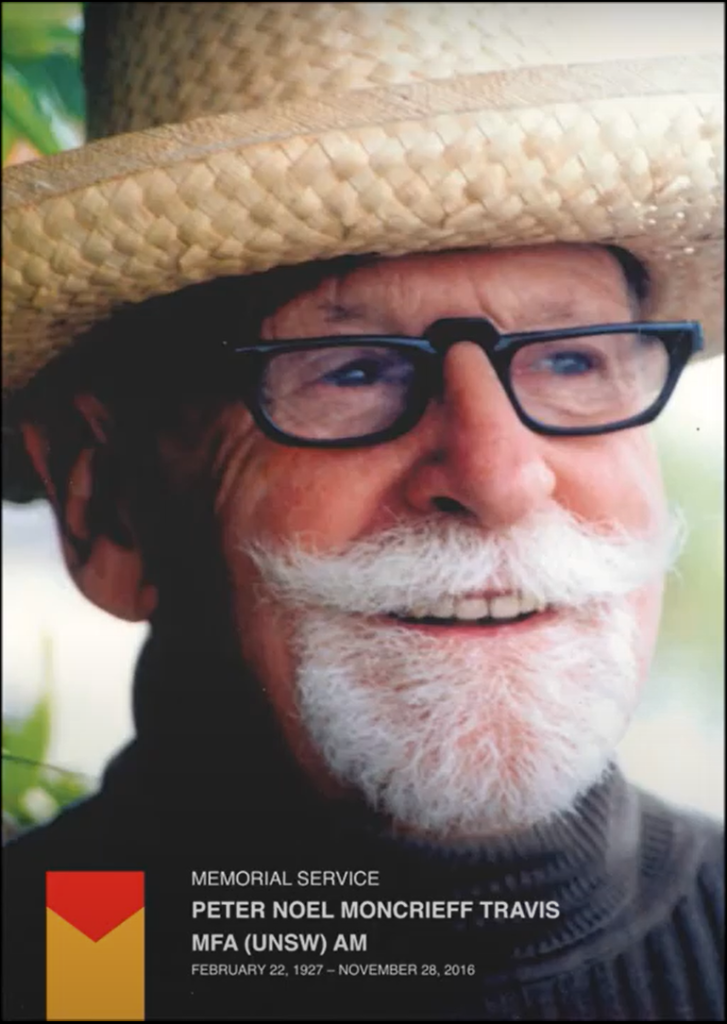
Used without permission
contact and I will remove
(Note: I wrote this post over about a month I have left in corrections new info as I found it.)
I recently discovered that Peter Travis AM passed away at the end of 2016. This reminded me of the Kite Workshop I did with him way back in about 1990 that he ran. I can’t be exactly sure on the date but I was in around Yr6 or Yr7 so 12 or 13. I was never sure how our art teacher Sue Graham managed to convince Peter to come all the way out to Coonabarabran in Rural NSW (about 600kms from Sydney were he lived) to run a Kite workshop for 4 students, but after watching Peter’s memorial linked above that appears to be part of who he was. I did the workshop with my Mum and we made one of Peter’s Family Kaleidoscope Kites over the two days and then flew it on the Sunday afternoon on the High School Oval. I suspect part of my desire to make this blog post is because all three have now passed away, Peter, Sue and my Mum and even 30+ years later I can still vividly recall parts of that workshop and the fun making that kite with my Mum.

I’m placing the above photo in the Public Domain – CC0
The above photograph appears to be the only photo I have left of my orginal kite (unfortunatly it was destroyed by a mouse plague in about 2005/6). The above photo is from around 1994/5 so about 4 years after I built the kite and I was flying it on my parents property. I did fly the kite a number of times normally with my brother, best friend and either one or both of my parents present. I didn’t fly it after about 2000 as I was concerned the tissue paper was becoming to fragile (Oddly I can remeber Peter mentioning that would happen and the idea was you would just replace it). I did try to google if anyone had ever posted pictures of one of Peters Kaleidoscope Kites but I was unable to locate any photographs and even information about the kites appears to be missing from the internet (see new info below * and **). It is mentioned in Peters memorial by Michael Richards which you can watch the relevant part yourself using this link. I can totally relate to the way Michael tells the story and its very much worth watching and listening too the above. The main point is that Peter considered the Kaleidoscope Kite a family kite, something you build togther and fly togther as a family or group. I can certainly say you need at least 2-3 people to help launch/land the Kite and 4th is definitly very handy. I can’t be 100% sure but I think the workshop Michael mentions was run in 2012 in Belconnen at the Arts Center (confirmed below see **). I believe this may actually be the last Kalidoscope Kite course Peter ran before passing away in 2016. Even those “young” kites would be 10 years old this year.
* More Internet digging I stumbled on this old magazine article which on page-15 image top right shows one of Peters Kalidescope Kites being prep’d for flight. I found this after building my 1/6 scale kite below. I’ve uploaded a copy of the picture below – Intrestingly is that a young Peter in the Picture? Thats one very neat build, the tails almost look fabric like and were are all those streamers attached? and no side streamers on the tails or not many an evolution in design between 1976 and 1990? I’d love to see a picture of 2012 build did Peter evolve the design further?
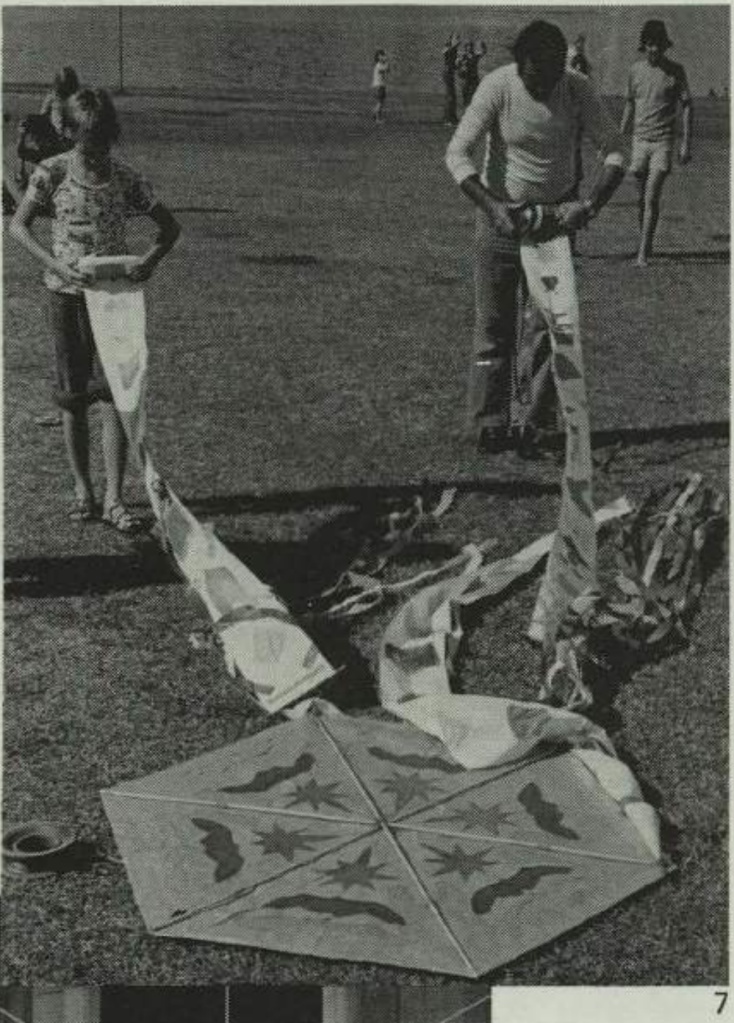
https://www.thetrust.org.au/pdf/trust-news/TN_1976_06_032.pdf – Page 15 – Image 7
Kite flying preparation on the South bank of the Brisbane River
Image and Copyright trust-news
** I trawelled the Belconnen arts facebook photo page and located another few pictures of Kaleidoscope Kites:
https://www.facebook.com/BelconnenArtsCentre/photos/397616020280444/
Something Intresting going on with the front ones tails, looks very nice.
Image and Copyright Belconnen Arts Center
https://www.facebook.com/BelconnenArtsCentre/photos/387903014585078/
Image and Copyright Belconnen Arts Center
- Interview with Peter in 2012 – on his kite display in Belconnen Arts Center, spot the two Kaleidoscope Kite heads in the video.
Getting more than a little nostalgic I thought I might try rebuilding my Kite, something I planned to do in 2006 after the mice turned my original into nesting material. I remeber some parts of the workshop very vividly and even with the single photo above (four photos now) thought I could probably get close to replicating the kite. However I thought (hoped) maybe others have posted photos or info I can use to help me reconstruct my kite. As I mentioned above I googled and hunted through numerous kite forums and websites I can find very little info on Peters Kaleidoscope Kite design. If your reading this blog post and think I have one of those kites and you have pictures of your kite I’d encourage you to upload them somewhere – From the Eulogy Michael gave above, Peter did seem to value the Kaleidoscope Kite so I think it would be nice if a few more pictures of his kite could appear on the internet for others to view and learn about. It does make me more than a little sad that something that I have such fond memories about, that was created by such a vibrant, talented designer and looks stunning when flying is essentially missing from the great global knowledge pool ie the internet. I did manage to source a few very old pictures of Peters Kites that look like they could be what the Kaleidoscope Kite is based on:
- Peters memorial video at 486secs
- The same Kite in 1977 on getty images
- Kite again on Kitelines page 20 left image box no 4
- Kite again Kitelines page 48 and Peter
I stumbled over some other intresting articles/links:
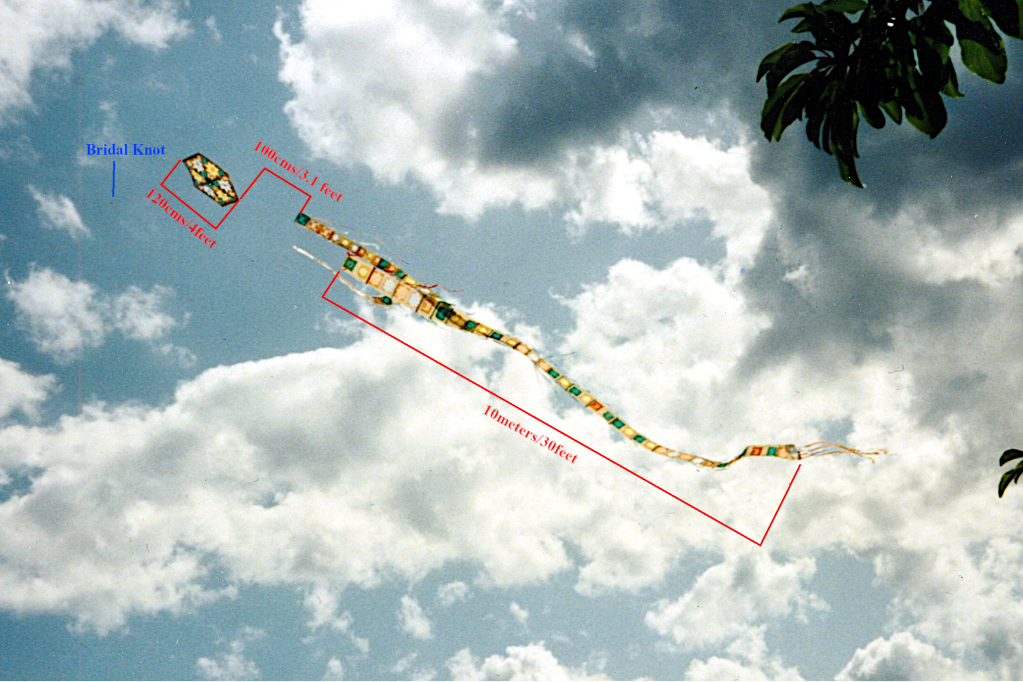
Adding approximate dimensions to my photo
Next I needed to write down what I could remeber and what I could work out from the above photo and believe it or not what Michael mentioned in his Eulogy piece about the Kite.
- Head of the kite is 120cms/4 feet across at widest hexagon point – My memory the head lived behind my bedroom door for a decade and Michael in Eulogy.
- Main Tail 10meters long x 30cm wide with dowels at top and bottom with coloured panels approximatly every 25cms. This I remebered as it was a whole roll of brown paper, the width I checked as closly as I could from the photo and it appears 30cm/1foot wide
- 2 Smaller tails 15cms wide (half roll width) and about 5meters long again dowels at top and bottom – estimated from photo and I remeber cutting rolls of brown paper in half, well I actually remeber Peter cutting rolls of brown paper in half.
- Constructed of plain brown paper, tissue paper, streamers, string, glue, 1 large piece of plastic, 4(maybe 5)x 120cm pine dowels at around 7-8mm and bunch of fishing swivel clips.
- An extra note on string for kite construction we used the white cooking string (not brown jute, although I believe jute maybe stronger?) that you can buy fairly easily everywhere – so easy access for everyone even in fairly remote rural towns. However it’s breaking strain is only about 25lbs and I learnt the hardway it does degrade over time.
- Long bridel(were you attach the string…sigh bridel not bridal) this is worth noting as I remeber Peter tieing all our bridels (he may have been standing on a chair to do it) and they were way out in front of the Kite when he had it laying flat on the ground. You can just see it on the above photo – I’ve marked it in blue
- There was also some strange string setup on the back of the frame which I don’t remeber why just that the string went down to main tail and back up to middle. My guess is this went down from the middle, went around the outside then transitioned back up to the middle – I dont think this adds extra strength but maybe it does? It’s my best guess and after studying numerous Hexagon Kite designs I can find no other kites with this type of setup but I’m not even close to being an amature kite builder so please leave a comment if you know why or what this may do?
Next up I made a model at 1/6th scale of the kite (easier and cheaper to work things out, note my tails are closer to 1/7th scale long and 1/5th wide so a bit short and wide). I tried really hard to remeber how Peter got us to fold up the brown paper to make the big hexagon as I was fairly sure we did that in one step. Unfortunatly best I could work out is a two step process. It also helped to give me an idea on how much overlap to leave on the edges (I had vague recollections of 2-3cms). How to cut the pattern on the main surface and importantly which way around to mount the spars and tie them. I decided on middle vertical spar closest to brown paper as this gives the whole kite very slight dihedral towards the edges which should help with stability (apparently that happens in kites as well as RC aircraft something I’m more familiar with)….I thought from memory it was the other way up but that appears to make no aerodynamic sense. The old pic I uncovered above clearly shows vertical spar up against the brown paper so score one for aerodynamic logic, minus one for dodgy human memory.
Approximate 1/6th Scale Kalidescope Kite – Small scale so no curves in cutouts
Right and Left tails are out of alignment lucky no flying for this Kite
I’m placing the above photo in the Public Domain – CC0
Some quick thoughts from the scale build, more so I don’t forget later as well.
- Leave lots of string when finished tieing middle knot and get it in the correct place ie centered
- Dont forget to re-inforce center of brown paper before glueing to the frame
- Unsure about the dowels at the bottom of the tails these may have only been the width of the kite tail not protrude – I did main tail protruding and it just looks wrong when my brain compares it to my memory, I did the two small tails as dowel at width and I’m not convinced now there was a dowel at the bottom at all. New old photo is not helping resolve this either.
- Easier at least at 1/6 scale to attach bridel and tail strings before glueing on brown paper. Need to research bridel positioning a little more my small bridel seems out of place/wrong angle.
- Cover with plastic before tieing bridel.
- Main tail is attached further back from the head than side tails – est around the 2meter mark
- On 1/6th scale I forgot the strings that were there to tie the tails up securely for storage.
- 60/40 (PVA/Water) – watered down PVA glue worked best for gluing tissue paper panels.
- I remebered Peter saying this as I was gluing tissue paper – don’t worry to much about small wrinkles or untidy overhangs around cutouts no-one will see it when your kite is 30-50 meters up.
- Did we really glue the tissue paper on the front of the head of the kite or is my memory faulty?…More research on other kites – I think we did do it after glueing paper hexagon to frame and my best guess is less risk of damaging tissue paper panels during gluing it to the frame. Plus if the fold over was to wide and protruded into cutout much easier to trim with no tissue paper in the way. Also we were 11-13 yr olds after all :). New old photo clearly shows tissue paper front side – plus one for dodgy memory.
- Those tails are a lot of cutouts, I’ll be honest I don’t remeber cutting out that many panels I have the impression my Mum may have done the body of the work on those – Thanks Mum.
- Building a 1/6th scale of the Kite is in someways as hard if not harder in some spots than building a full size one.
I did have a play around in Inkscape with some color ideas etc for designs mostly just for fun, again drawn to approximate scale – I have adjusted middle tail location to about were I think it should be.
Left Star/Sun Design, Middle Flower/Web Design, Right Minecraft Creeper
Above Image – Public Domain – CC0
I like the pattern on the yellow/orange design but I’m not sure on color choice I seem to recall yellow is not the best color to use with tissue paper although on the image above it looks great. I did the yellow design in memory of my Mum I know she would have liked the Star theme. The middle red/purple/pink one has great colors but I’m not so much liking the patterns, I’ll play around with that further. Lastly the Creeper kite I just did for fun to show a more contemporary item that kids tend to love on Peters design. The layered green/pixel pattern on the head can be achieved by layering on multiple pieces of tissue paper, yes it would be fiddly. The eye’s and mouth of the creeper on the head I intended to be left as brown paper but then coloured in black. I more did it as a way to potentially show any kids/children who maybe intrested that any design is possible just need to use your imagination :).
I’ll leave this blog post here as it’s getting very long. I’ll do a Part 2 which will detail full size build process and hopefully a few photos and maybe a video of my new kite flying (This will take some time). I also plan on putting together some detailed pdf instructions which anyone can then use to recreate their own Kaleidoscope Kite hopefully with there family/children or maybe as a class/school/art project/topic. We’ll see how I go, still lots to figure out even after building a scale model. I may try reaching out to Michael and see if he can help or provide any information.
Someone mentioned your name today, took me down memory lane, to a time very much younger, a time more pure, more sane.
– Adiela Akoo
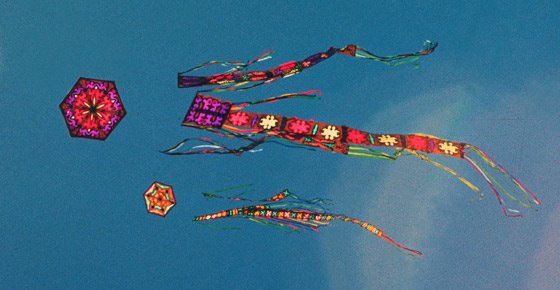
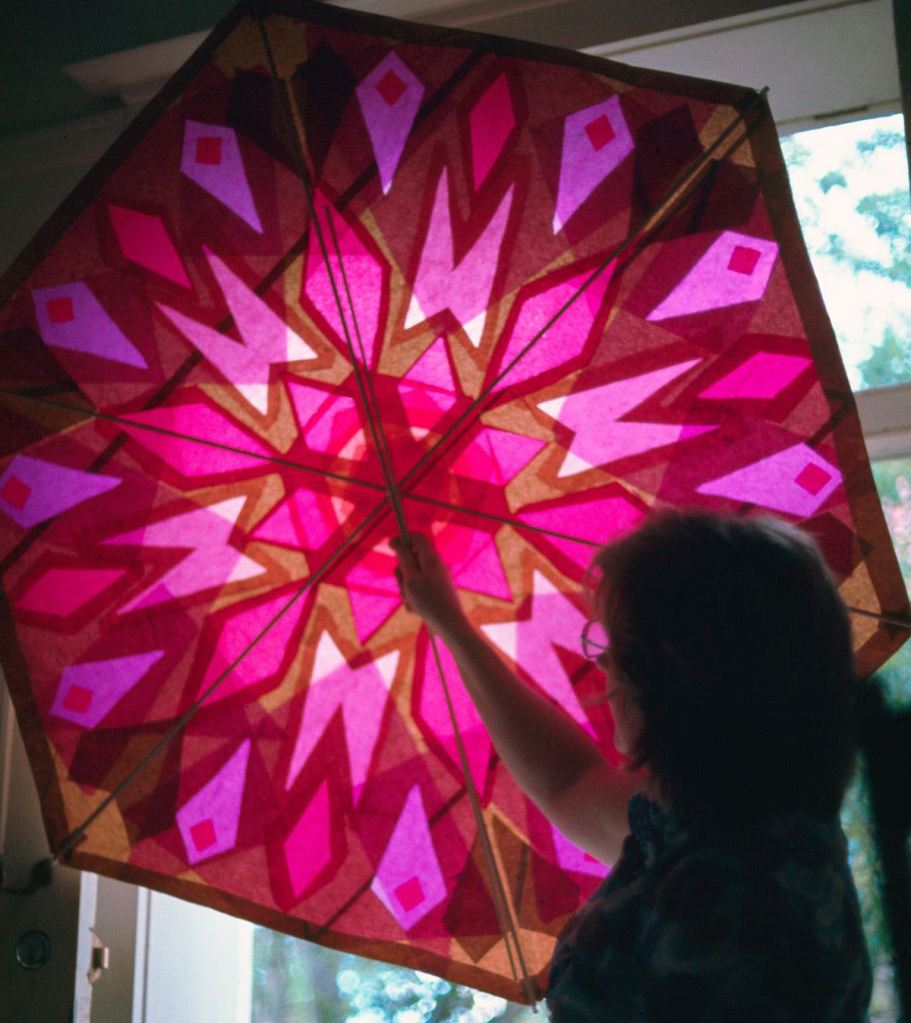

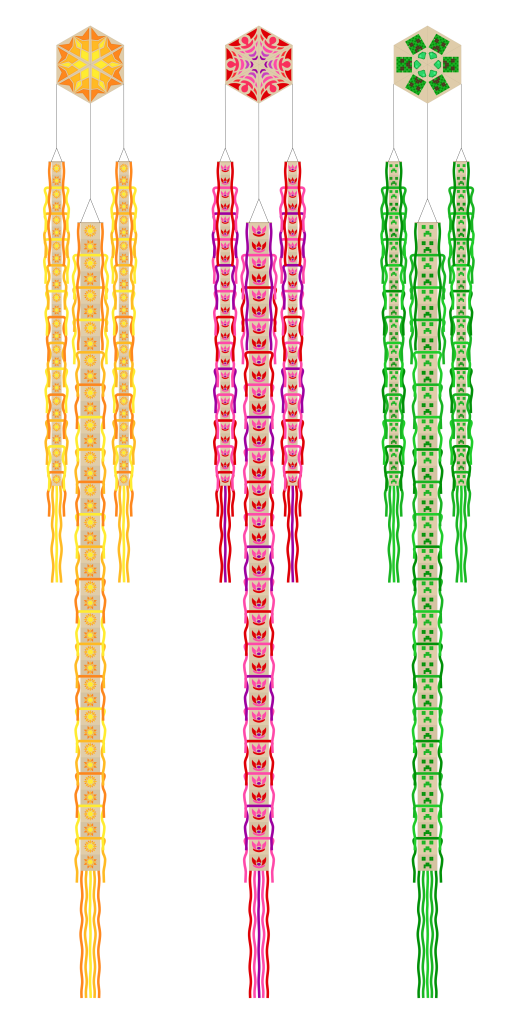
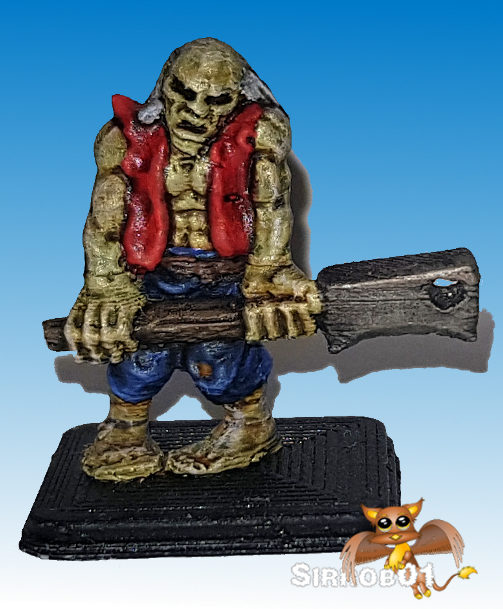 So to finish up the undead group I needed to add some Zombies. I did something a little different this time as I couldn’t find an alternate Zombie pose I liked (well rather I
So to finish up the undead group I needed to add some Zombies. I did something a little different this time as I couldn’t find an alternate Zombie pose I liked (well rather I 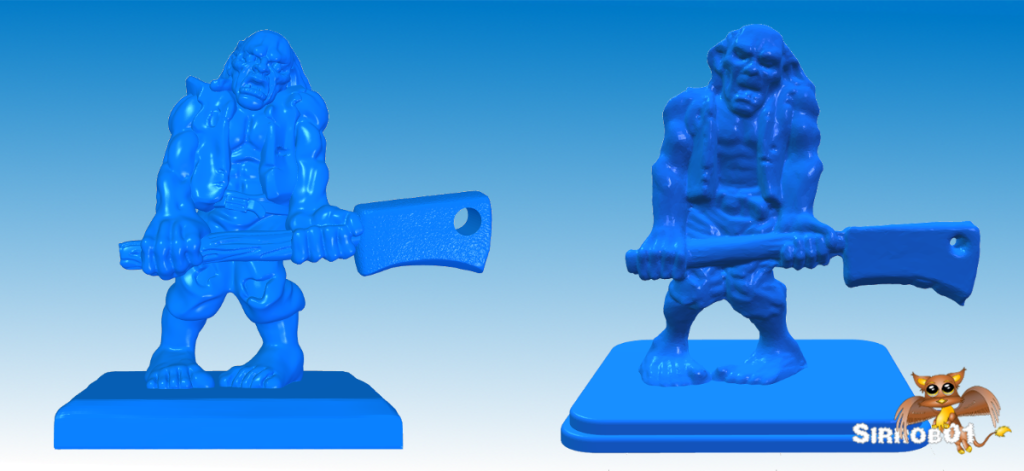

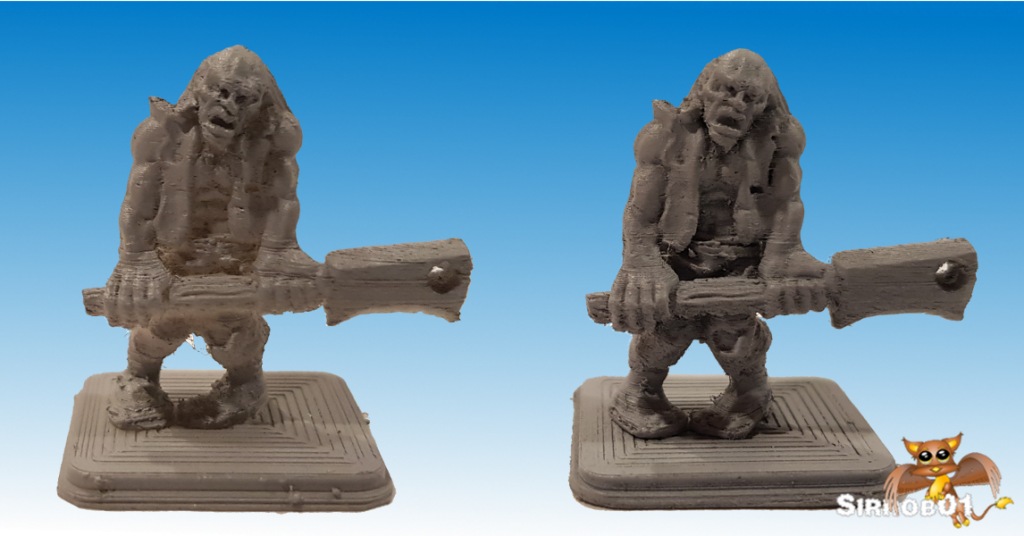

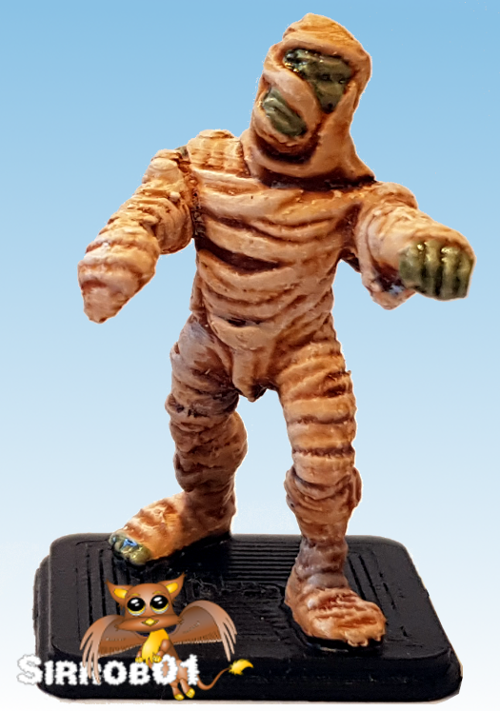 To join my little band of alternate HQ skeletons I dug up some alternate mummies to go along with them on Thingiverse. I really like this alternate
To join my little band of alternate HQ skeletons I dug up some alternate mummies to go along with them on Thingiverse. I really like this alternate 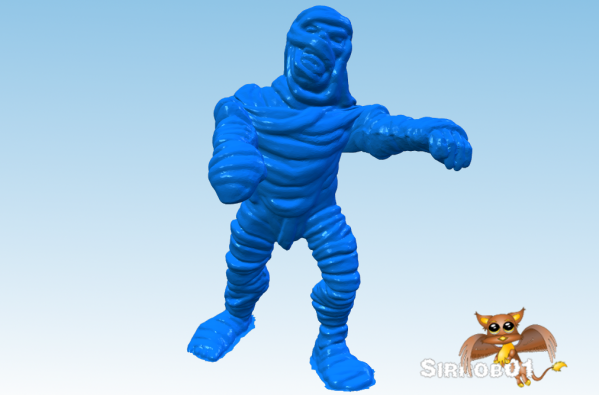
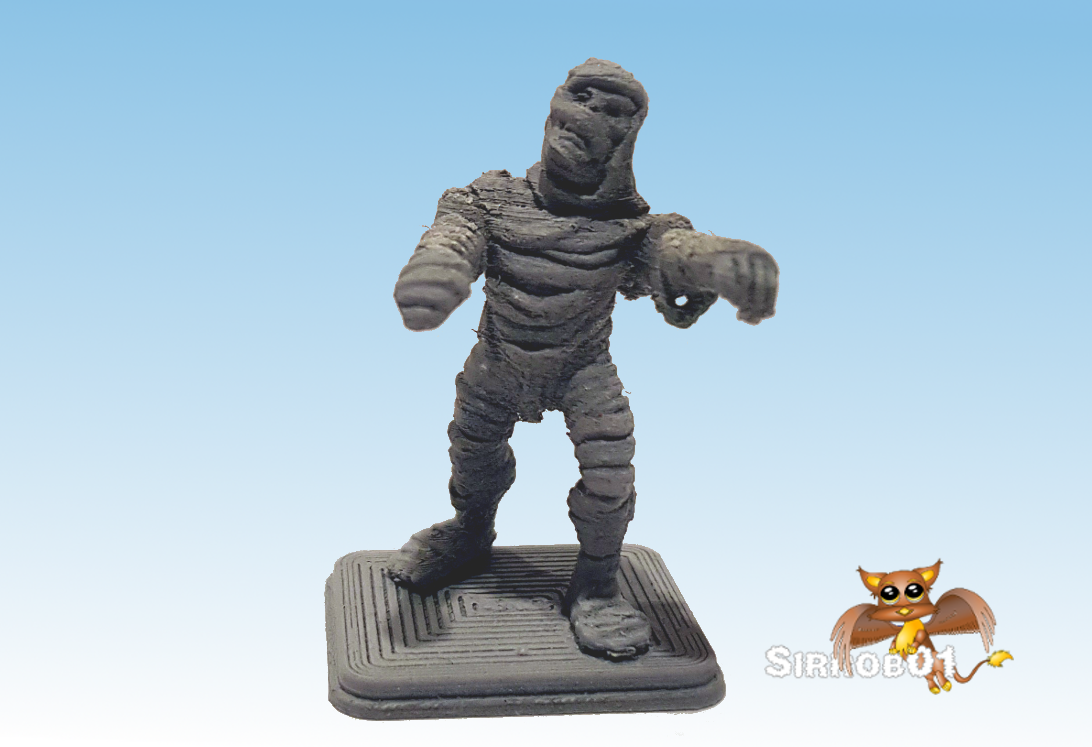

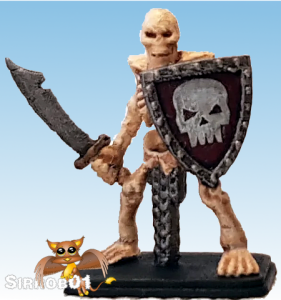 I caved and bought a 3d printer when it was on sale about 6 months ago. It’s one of the ones that makes the best budget lists fairly regularly the
I caved and bought a 3d printer when it was on sale about 6 months ago. It’s one of the ones that makes the best budget lists fairly regularly the 
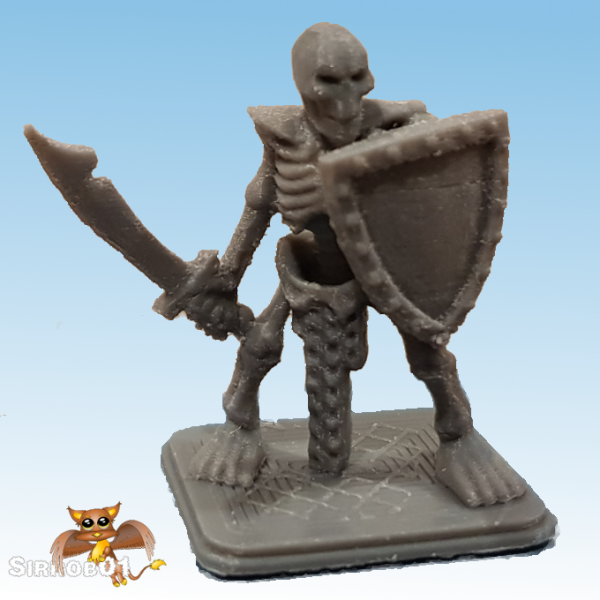
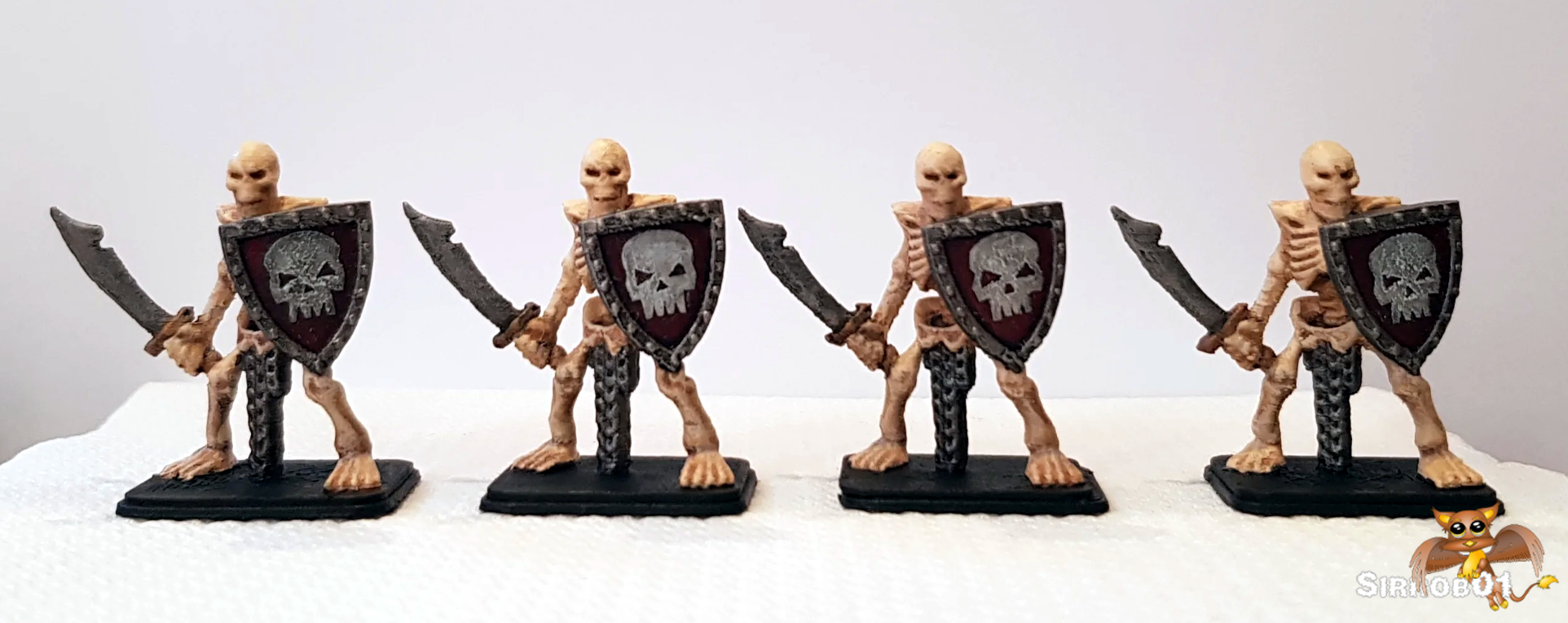
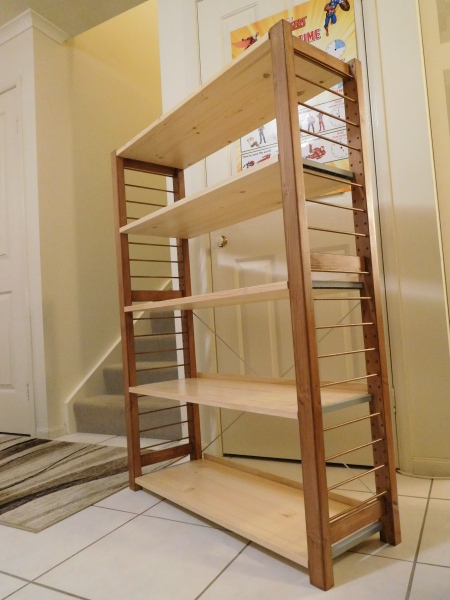 Been awhile since my last post, to say my personal life has been very up and down over the past 2 years would be an understatement. However I’ve learnt a lot about myself over the time as well as facing and overcome many challenges. I hope to be posting more projects back to my blog over the coming months. First up an IVAR shelf I assembled and customized. Full credit to
Been awhile since my last post, to say my personal life has been very up and down over the past 2 years would be an understatement. However I’ve learnt a lot about myself over the time as well as facing and overcome many challenges. I hope to be posting more projects back to my blog over the coming months. First up an IVAR shelf I assembled and customized. Full credit to

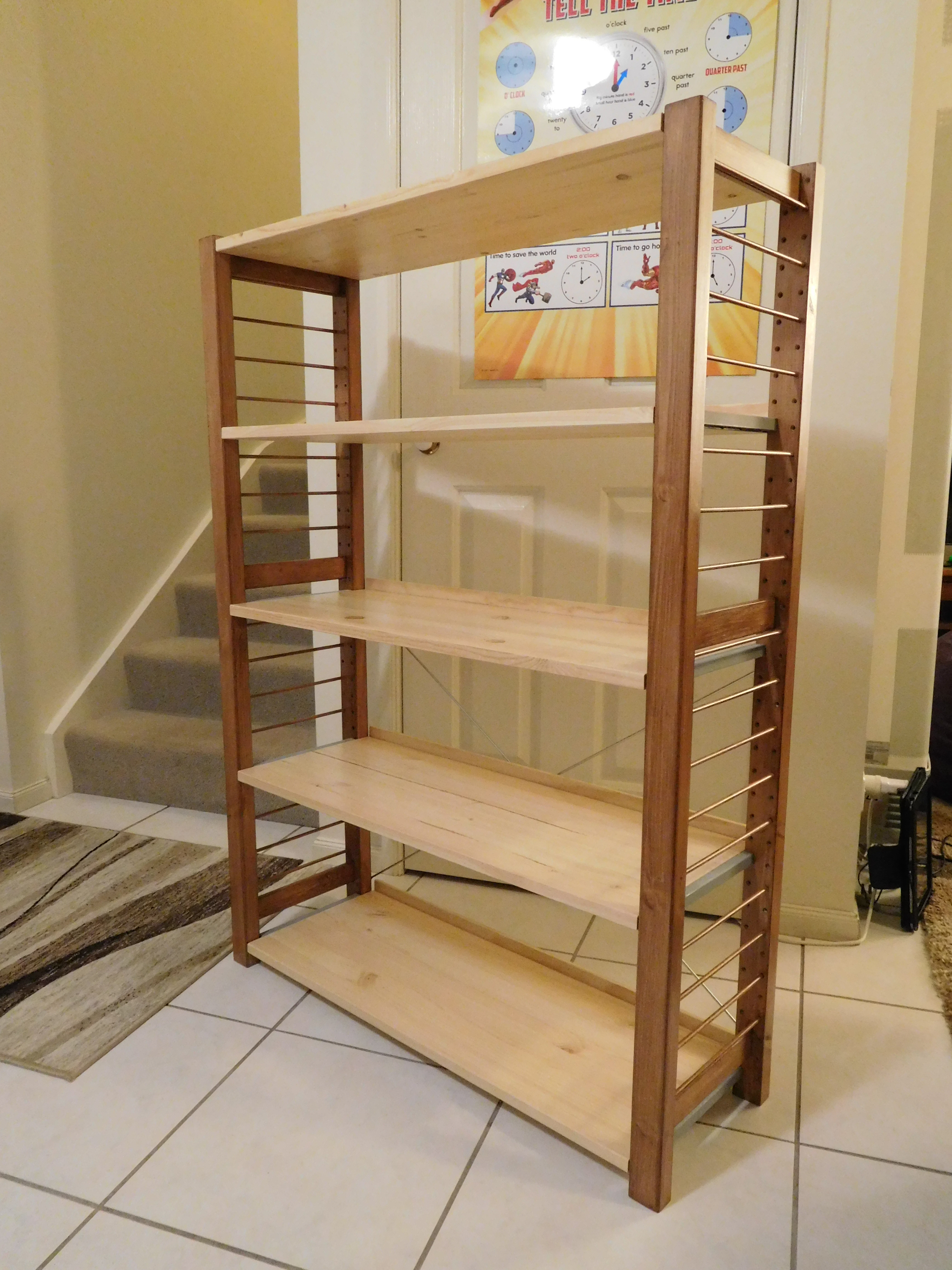


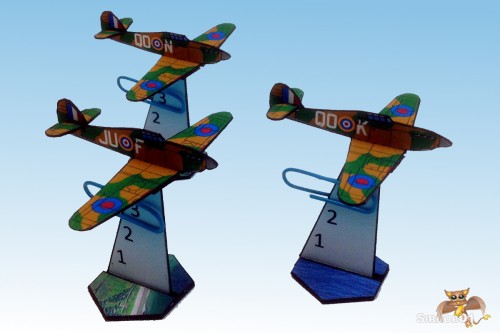
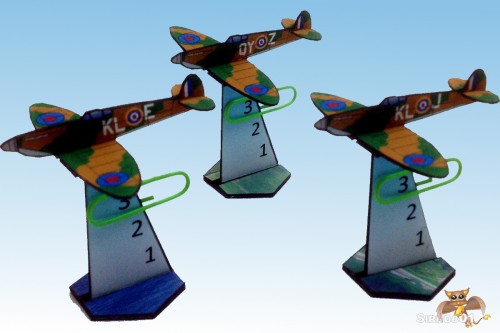
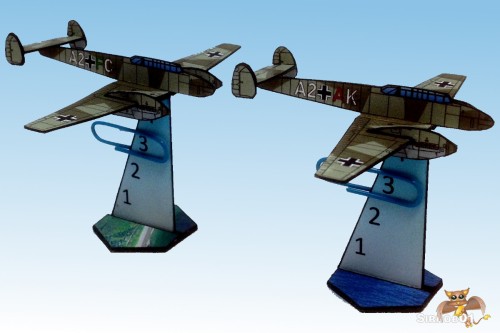
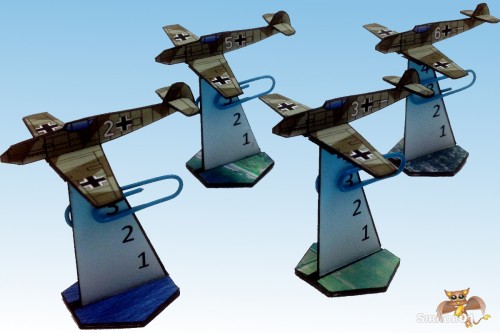
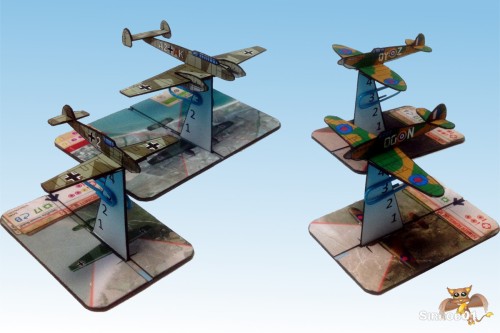

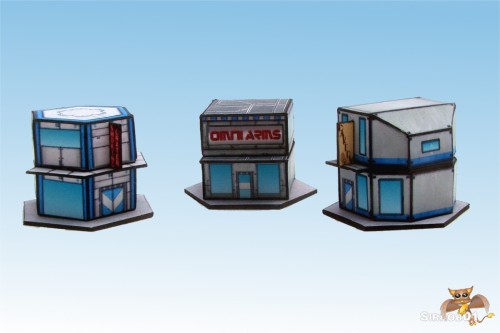
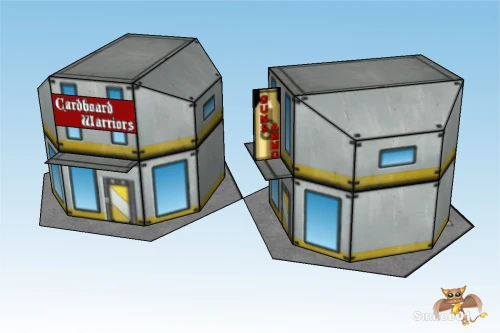
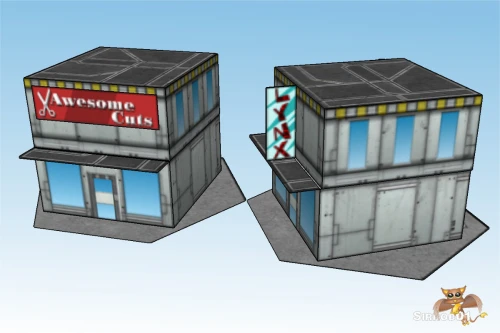
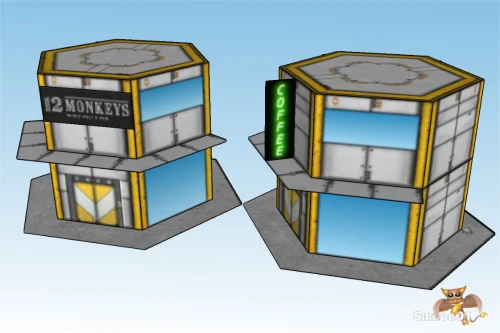
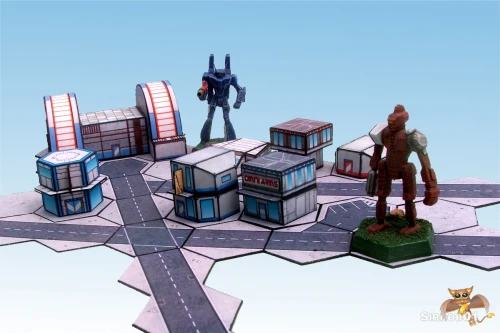
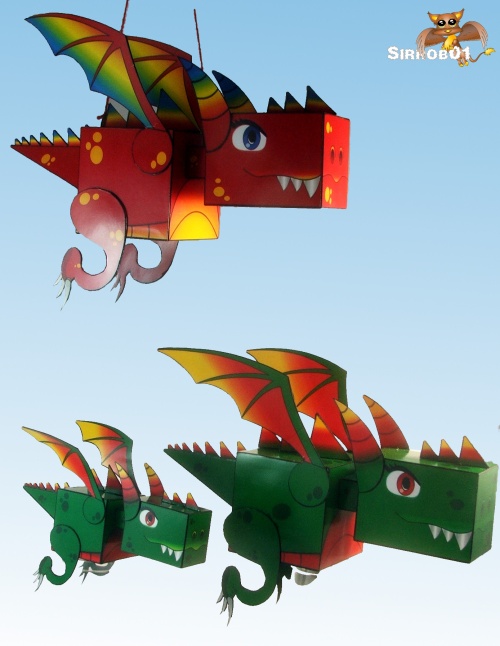

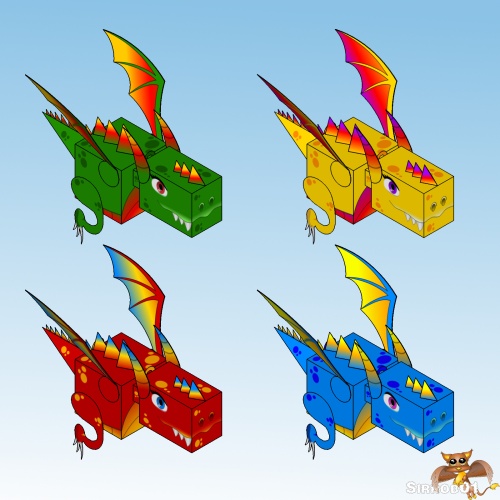
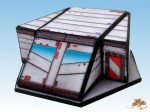 Now that the
Now that the 